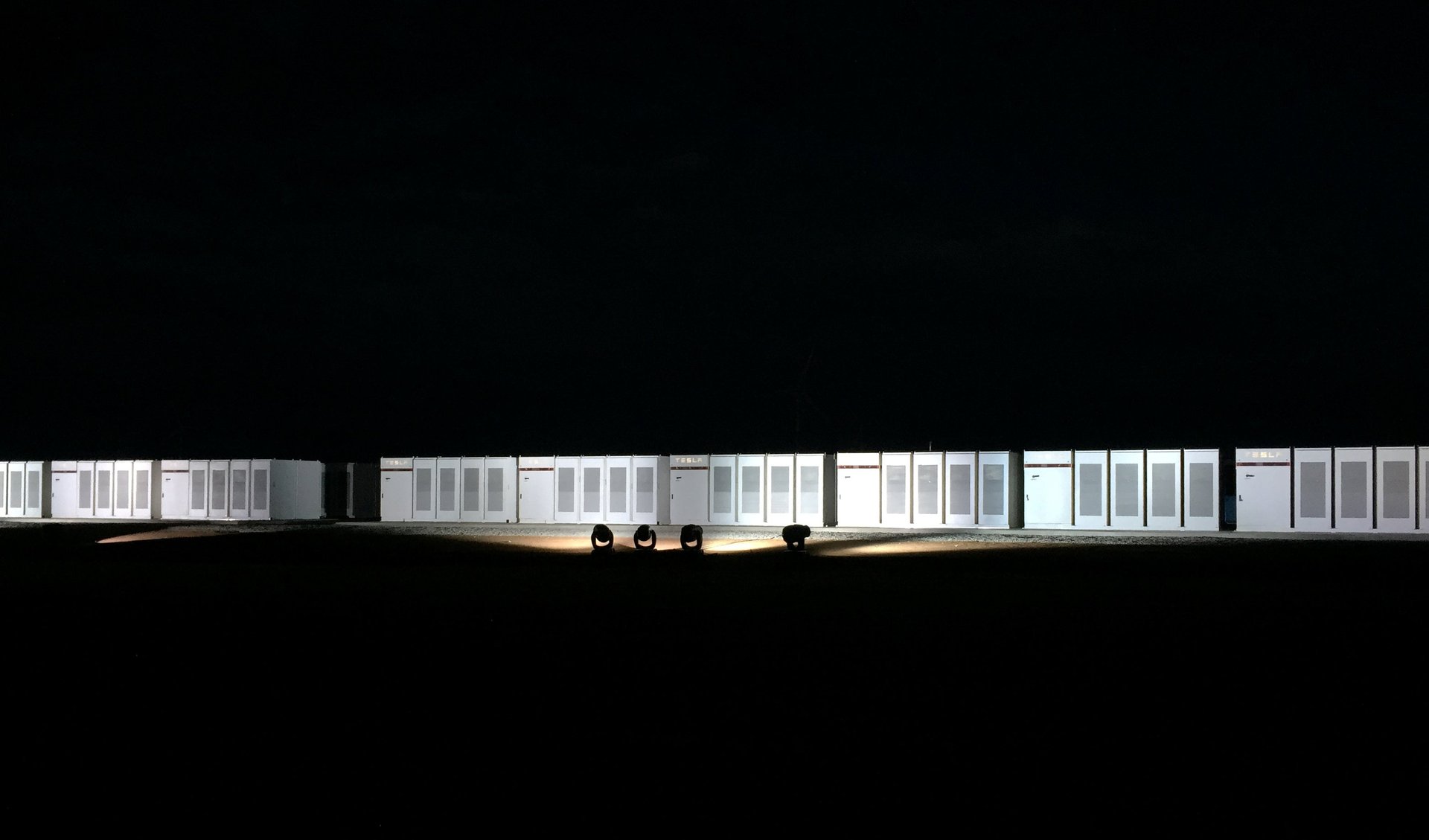Tesla’s record-breaking battery is the world’s best—but still needs to be bailed out by fossil fuels, eventually
In March, Elon Musk made a bet on Twitter that his company Tesla could, in just 100 days, build a 100 MW/129 MWh lithium ion battery system—bigger than any in the world—in South Australia. If Tesla failed to meet the deadline, Australia would get its money back, no questions asked.


In March, Elon Musk made a bet on Twitter that his company Tesla could, in just 100 days, build a 100 MW/129 MWh lithium ion battery system—bigger than any in the world—in South Australia. If Tesla failed to meet the deadline, Australia would get its money back, no questions asked.
Tesla came through, and after initial testing, the record-setting battery was switched on earlier this month. It was just in time, too, as South Australia’s brutal summers begin in December. In fact, within two weeks of going online, the Hornsdale Power Reserve battery system (as it’s officially called) was put to its first test. On Dec. 14, one of the coal-power units at Loy Yang, one of the biggest power stations in Australia tripped up, causing a sudden and massive drop of power—560 MW, enough to power some 170,000 Australian homes.
This was exactly the type of problem the Tesla battery was built to solve; the Twitter bet was made after Musk announced publicly that his batteries could solve South Australia’s chronic summer power-outage problems. Tesla passed with flying colors. In literally less than a blink of the eye—it happened so fast the Australian energy market regulator couldn’t time it—the Tesla battery, 620 miles (about 1,000 km) away from the coal plant, shot a 7 MW jolt of electricity into the grid, stopping the bleeding and starting the grid back on its way to recovery.
Then, on Dec. 22, it happened again: a different coal unit at Loy Yang tripped, this time causing a 353 MW loss in capacity, and again, the Tesla battery came to the rescue, responding in milliseconds with a 16 MW injection to keep the grid under control.
Almost all grids have a backup power source contracted to sit dormant during periods of low-energy need, and kick into gear when needed. In most cases, these backups are fossil-fuel “peaking power plants”—fossil fuels remain the most reliable way to provide energy in emergencies. The success of Tesla’s battery system, which is charged by wind power, could be seen as a proof-of-concept that a renewable-plus-battery-storage system could replace the need for backup fossil-fuel plants.
The Tesla battery is technically only contracted for a few specific services to the local grid, so the Hornsdale Power Reserve didn’t have to help out in the case of this larger Australian energy failure. And in fact, it really couldn’t have solved the problem on its own.
As fast and clean and big as the Tesla battery is, it’s still pretty measly in the grand scheme of things. It can power about 30,000 homes, but 70 MW of the 100 MW/129 MWh system can only last 10 minutes; the other 30 MW can provide three hours of power. In that region, at that time (based on Australia’s Frequency Control Ancillary Services market), the contracted backup to the grid was a coal plant at the Gladstone Power Station, which in these two recent cases, did kick in a few seconds after the Tesla battery, relieving the battery of its duties.
In other words, the lithium ion battery farm is a great backup—maybe the world’s best, given its speed—but still needs to be bailed out by fossil fuels, eventually.
Another issue is that batteries attached to wind power generators, like this one, are inherently unstable. As Akshat Rathi reported for Quartz earlier this month, lithium ion batteries can only hold energy for a few weeks at most, and they start to lose their charge as soon as the charging source is removed. If the wind stops blowing in Adelaide, Musk’s big battery becomes useless. So for now—until either battery prices drop significantly or we devise a way for them to hold charges for longer—these sorts of systems are really only good as backup for peak energy periods, like summer in Australia. That’s why we haven’t seen battery farms sprouting up all over the place: governments and utilities don’t want to spend money on something that’s useless for most of the year.
That said, some analysts say the costs of renewable energy and batteries will drop fast enough that these systems could compete with fossil fuel “peaker plants” as soon as 2025. And Tesla’s success in South Australia already has many clamoring for government interventions into the energy market that would make Tesla-like systems more financially feasible, and help speed up the death of fossil fuels.
This story has been updated to clarify the size of the Hornsdale Power Reserve battery system, and the nature of the Gladstone Power Station’s role as grid backup.